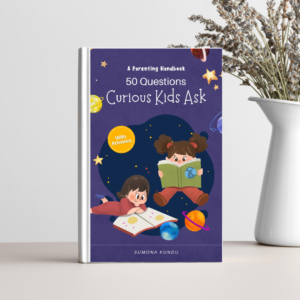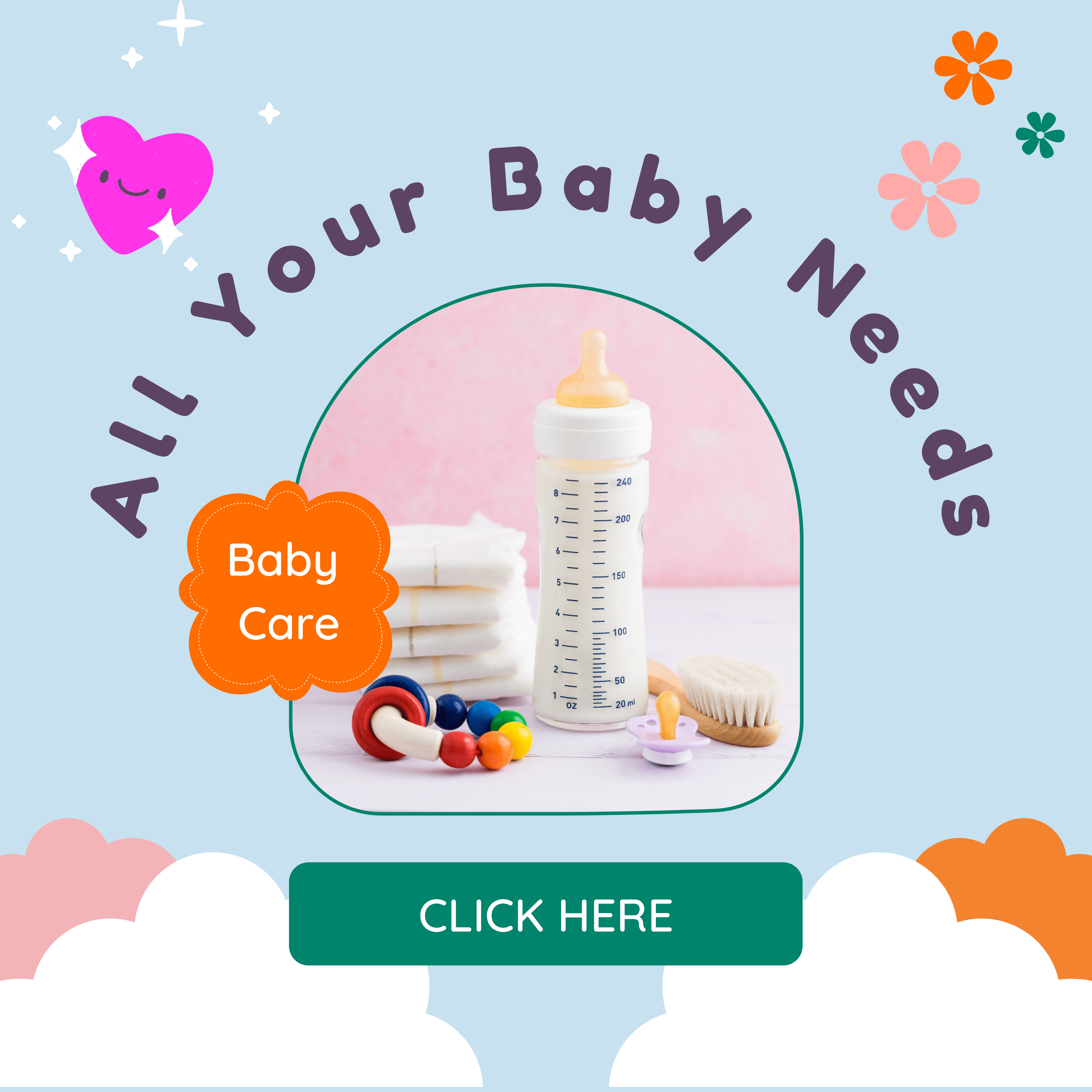Toys are more than just playthings. Besides providing entertainment, they help children learn and boost their overall development. Walking into a toy department can be overwhelming, given the wide variety of options, let alone choosing the right toy for your little one. Here are 10 things to keep in mind when buying toys for your child.
1. Keep it simple
The idea behind getting them toys is to feed their curiosity and creativity. Toys that do too much or are too complicated can actually discourage play. This is counterproductive. Sticking to simple toys that give room to your child’s imagination is always the best way to go.
2. Consider their age
Consider the age of your child when buying toys for your child. A toy should help in the development of a child. It should be challenging enough to keep them engaged. Age-appropriate toys also ensure safety.
Infants: Toys for infants should be non-toxic, unbreakable, and washable. Check for sharp edges. Babies need soft toys that they can hold, like stuffed animals. Attach a mirror to your baby’s crib that they can look at and develop their concentration. Get light rattles and musical toys to provide aural stimulation to your baby.
Toddlers: Crayons, clay, blocks, boxes, and toy musical instruments are some toys suitable for toddlers. Push and pull toys help them practice coordination and develop their spatial skills. It is a stage when they are exploring the world through toys.
Pre-school children: At this age, children love to imagine situations. They enjoy playing with pretend food, dolls, dress-up clothes, and action figures. Simple puzzles help them develop their ability to think and make decisions.
Recommended reading: How To Buy The Right Toys For Your Child? An Age-by-age Guide
Recommended reading: How Can You Make Free Play Fun and Engaging?
3. Consider their interests and hobbies
As children grow, they develop their unique interests and hobbies. If you can find a toy that supports those interests, then you’re on the right track. Not only will they enjoy playing with it, but it will also help them develop their skills.
4. Think outside the box
Toys don’t always have to be traditional to be fun. Sometimes, the best toys are the unexpected ones. So, don’t be afraid to be creative with choosing toys for your child. Many things at your home can become a toy as well. For example, a simple cardboard box can become a fort, a spaceship, or a drum set.
5. Safety first
Of course, you always want to make sure that the toys you’re getting for your child are safe. Avoid anything with small parts or sharp edges. And be sure to read the labels carefully to see if the toy is appropriate for your child’s age. Always choose toys with non-toxic paints. Toys with strings, cords, and ribbons can be dangerous for young children. Although manufacturer standards exist to protect children, thoroughly checking a toy before buying it is necessary to prevent hazards. Avoid toys with buttons, ornaments, or small parts that children can pull off easily. It involves the risk of ingestion or choking.
6. Price is not always an indicator of quality
Just because a toy is expensive doesn’t mean it’s automatically a good toy. There are plenty of well-made, affordable toys out there. So, don’t rule out a toy just because it’s not the most expensive option.
7. Choose quality over quantity
It’s better to get a few high-quality toys than a bunch of cheap, junky toys. Not only will your child get more use out of the high-quality toys, but they will also last longer. When buying toys for your child, look for timeless toys that will last for a long time. Invest in sturdy and stable toys suitable for different stages of development. In the end, this is a better investment for you.
8. Set limits for video games and screen time
It’s important to set limits on your child’s screen time. This includes video games, television, and tablet time. Too much screen time can be harmful to your child’s physical and mental health. It’s important to strike a balance and ensure that your child is getting enough physical activity and social interaction. The importance of free play cannot be undermined. So, evaluate if your child getting enough play time.
9. Limit the options at any given time
If you have a lot of toys, it can be overwhelming for your child and make it hard to focus. They may not know where to start or what to play with. It’s important to rotate the toys and only keep a few out. This will help your child focus and get more use out of their toys.
10. Use some toys for multiple developmental age ranges
Some toys are more versatile than others and can be used for multiple age ranges. This is especially true for toys like building blocks, art supplies, and musical instruments. As your child grows, they will use these toys in different ways. So, when you get toys like these, get good quality ones and don’t discard them in a short while.
Toys play a crucial role in the emotional development of children. They promote positive bonding as kids seek comfort and joy from their favorite toys.

 50 Questions Curious Kids Ask (With Answers)
50 Questions Curious Kids Ask (With Answers) 


